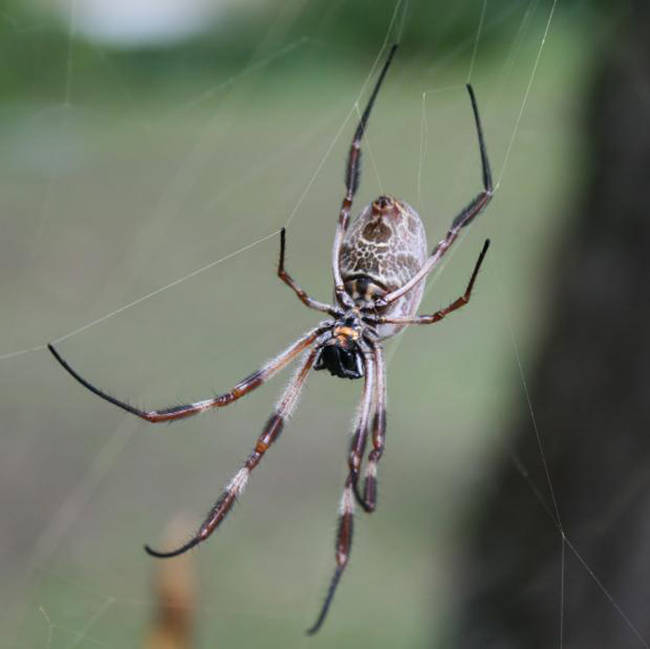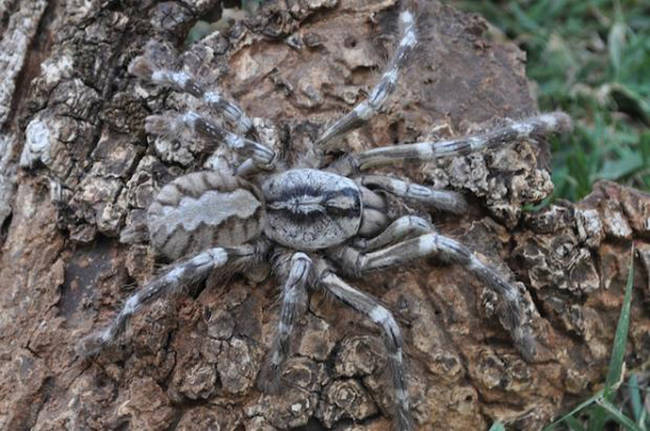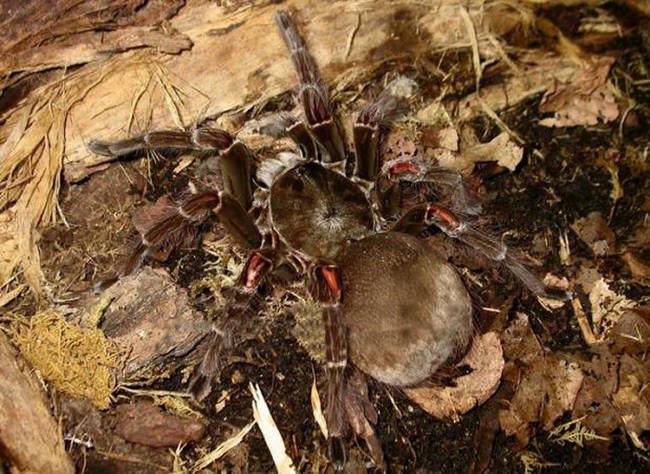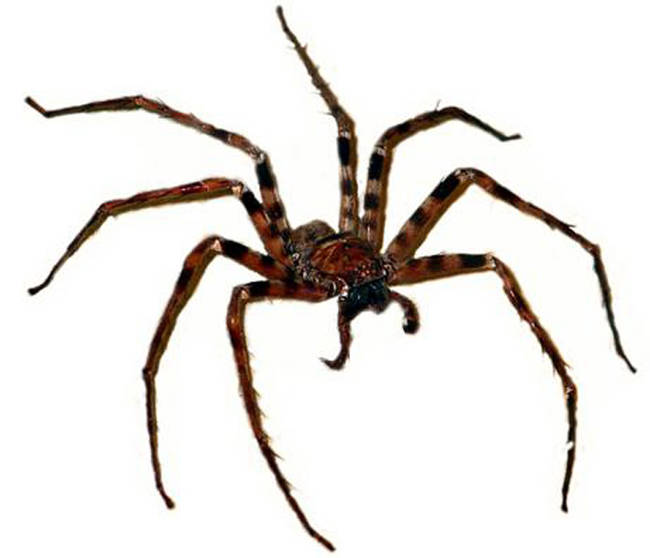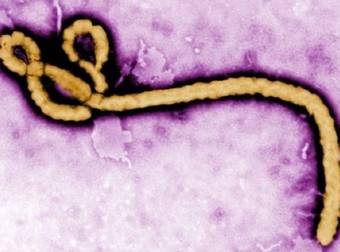Even if you’re one of those people who likes to brag about not being afraid of spiders, these gigantic versions of household creepy-crawlies will definitely change your mind. You might even buy a blow torch.
Each of them feature leg spans ranging from 6 to 12-inches in length, so you’ll probably need more than your shoe to get the job done if you find one of these spiders slinking up your wall.
Golden Silk Orb-Weaver
It’s the ladies you have to watch out for when it comes to this species of spiders. They are much larger than the males (they have 6 inch-long leg spans). Not only they, but their webs can be almost 5 feet-wide! These spiders catch large insect prey… but they can also take down birds and snakes.
Poecilotheria Rajaei
This species of tarantula was only recently discovered in Sri Lanka and with a leg span of about 8 inches, it could totally smother your face if it wanted to. Yikes. They’re indigenous to India and Sri Lanka, preferring to dwell in old trees. However, their already rare numbers are dwindling due to deforestation. Which is… a shame… I guess.
Therapohosa Blondi
Known as the “Goliath Bird-eating spider,” this big guy can have a leg span of about 12 inches, making it the largest spider in the world. They don’t, however, actually eat birds. The misnomer nickname occurred after a man claimed to see one eating a hummingbird, but they mainly stick to insects, frogs and rodents like other tarantulas. Their fangs are capable of breaking human skin, but their venom won’t kill you. (Not that makes them any less terrifying.) They’re also quite musical. They can rub their legs together to make a noise that can be heard from 15 feet away.
Heteropoda Maxima
Nicknamed “The Giant Huntsman,” this spider was discovered just a few years ago in Laos. They also have a leg span of 12 inches and can be found lurking in caves. They’re quick on their feet and can extend their legs forward much like a crab.
Phoneutria Nigriventer
Wikimedia Commons
With a 6-inch leg span, these crawlers up their creepy factor with fatal venom. It is among one of the most toxic spiders in the world, in fact, but thankfully there is an anti-venom available. They are indigenous to South and Central America and have a couple of descriptive nicknames: the “Brazilian wandering spider” due to its penchant for strolls around the forests at night and “banana spider” because it likes to stow away in shipments of the fruit.
(via Mental Floss.)
Hmm, apparently, I shouldn’t eat bananas ever again. I have a whole new level of sympathy for poor Little Miss Muffet.
